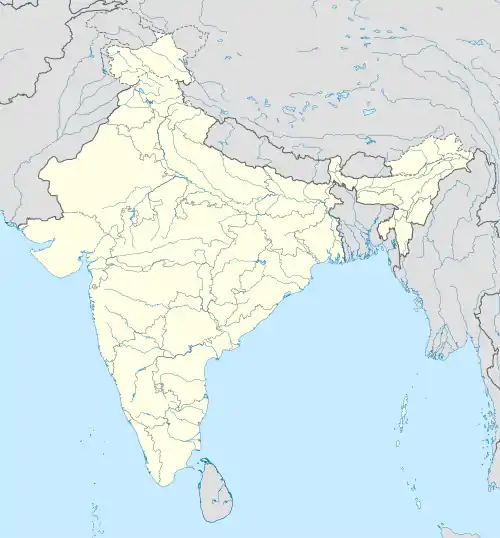𑀳𑀢
Ashokan Prakrit
Etymology
From Sanskrit हत (hatá), from Proto-Indo-Aryan *źʰatás, from Proto-Indo-Iranian *ǰʰatás, from Proto-Indo-European *gʷʰn̥-tó-s, from *gʷʰen- (“to kill”). Cognate with Pali hata.
Noun
𑀳𑀢 (hata) (Girnar, Kalsi)
Alternative forms
| Dialectal forms of 𑀳𑀢 (“struck, killed”) | ||
|---|---|---|
| Variety | Location | Forms |
| Central | Kalsi | 𑀳𑀢 (hata) |
| Northwest | Shahbazgarhi | 𐨱𐨟 (hata) |
| Mansehra | 𐨱𐨟 (hata) | |
| West | Girnar | 𑀳𑀢 (hata) |
| Map of dialectal forms of 𑀳𑀢 (“struck, killed”) | ||
|---|---|---|
 𐨱𐨟 (hata) (2) 𑀳𑀢 (hata) (2) | ||
Descendants
- Maharastri Prakrit: 𑀳𑀅 (haä)
- Sauraseni Prakrit: 𑀳𑀤 (hada)
- Hindi: हया (hayā)
- ⇒ Hindi: हयना (hayanā, “to kill, strike”) (poetic)
- Hindi: हया (hayā)
References
- Turner, Ralph Lilley (1969–1985), “hatá (13955)”, in A Comparative Dictionary of the Indo-Aryan Languages, London: Oxford University Press
This article is issued from Wiktionary. The text is licensed under Creative Commons - Attribution - Sharealike. Additional terms may apply for the media files.